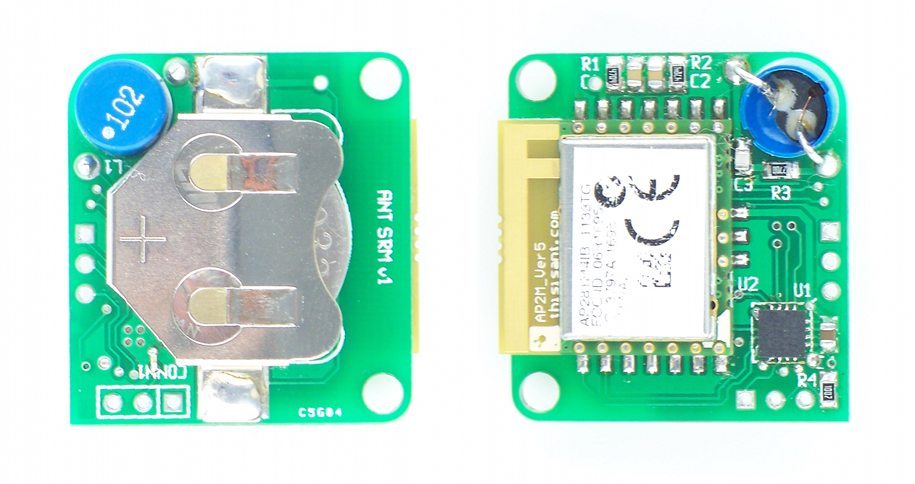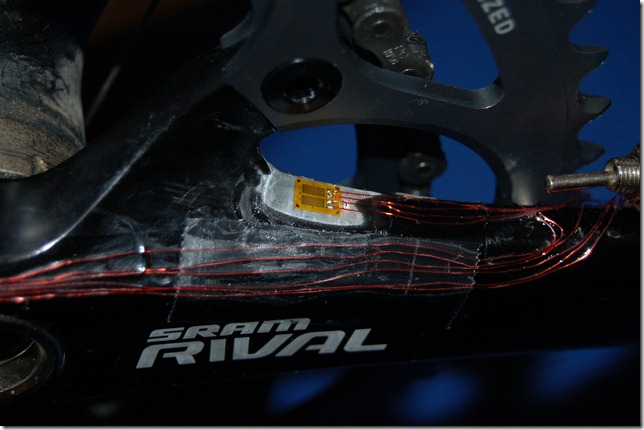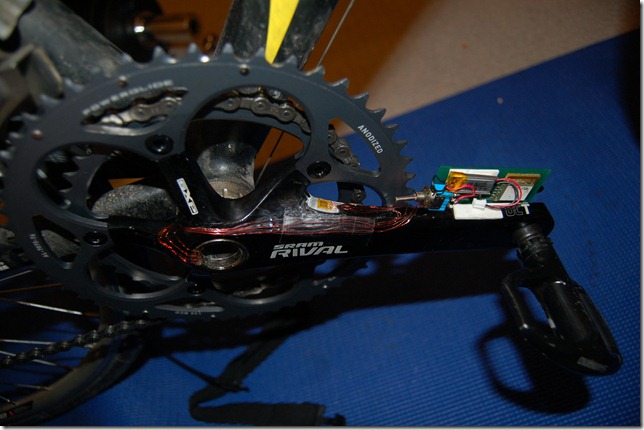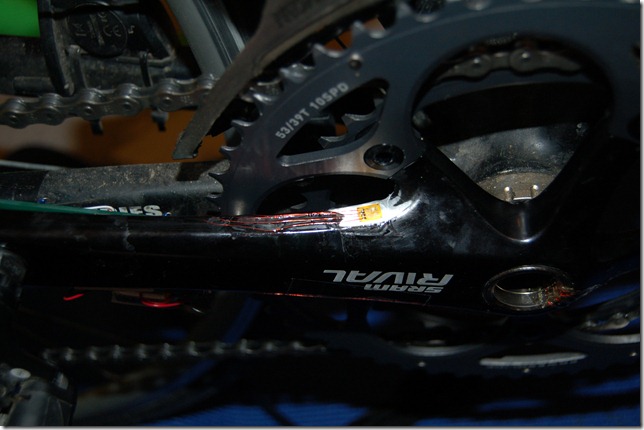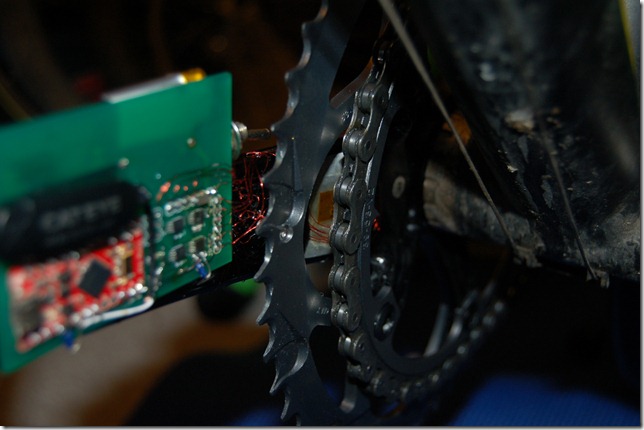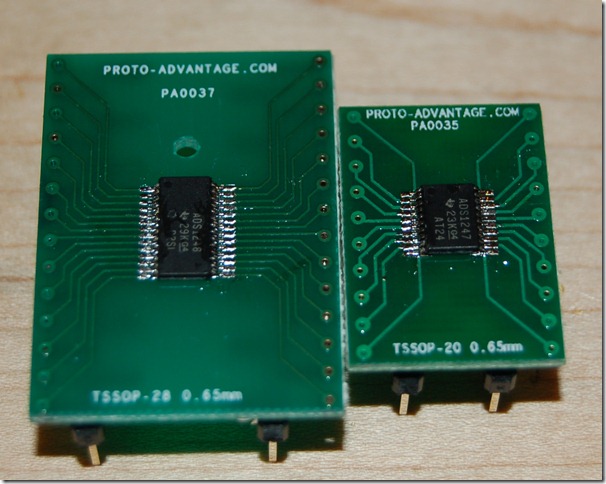I’ve been diligently asking and looking and scouring the web for what metrics the new Rotor Power Meter will contain and now I know. Quote from the www.thisisant.com site:
Balanced measurement
• Individual left & right “power balance” measurement.
• Torque effectiveness (sum of clockwise pedalling power minus anti-clockwise drag).
• Pedal smoothness (maximum torque vs. average torque).
So there we go, nothing hugely revolutionary, and in fact since it’s still a draft standard and nothing. I’m unsure if the new measures of torque effectiveness and pedal smoothness are going to be calculated for each leg (they should) or individually. Ideally it would have options for both options but on a Quarq, SRM, Power2Max could have difficulty showing either because you won’t see anti-clockwise drag, and your max versus average can be skewed and smoothed more easily.
If you measure at 90 degree intervals (just for an example, 16 makes more sense in reality).
Left 0 = 10 N-m, 90 = 40 N-m, 180, = 10 N-m, 270 = –5N-m
Right 0 = 10 N-m, 90 = -5 N-m, 180, = 10 N-m, 270 = 40 N-m
So both look perfectly balanced. Let us say Rotor calculates Torque effectiveness for each leg and has to transmit one value, and therefor averages the "TE” and “PS” Metrics.
TE(Rotor): 10 + 40 + 10 = 60, compared with –5, so lets say a 12:-1 for both, averaging both sides is identical so 12:-5
TE(Quarq, SRM, Power2Max): All have to be summed first, so it becomes
Total: 20, 35, 20, 35 =? 110 : 0
Well that looks different doesn’t it, one is 12:1 and the other is an improper ratio?
PS: Rotor Average per leg = 13.75: 40 = Max, so 2.9:1
Quarq, SRM, Power2Max: Average 27.5 : 35 so 1.27:1
So to summarize, the new metrics appear to only be able to be implemented by L/R meters properly in my opinion. Total meters are going to give way less useful data. Faking L/R by upstroke versus down stroke is one thing and already makes a near 50/50 assumption but the new metrics aren’t so easily faked.
